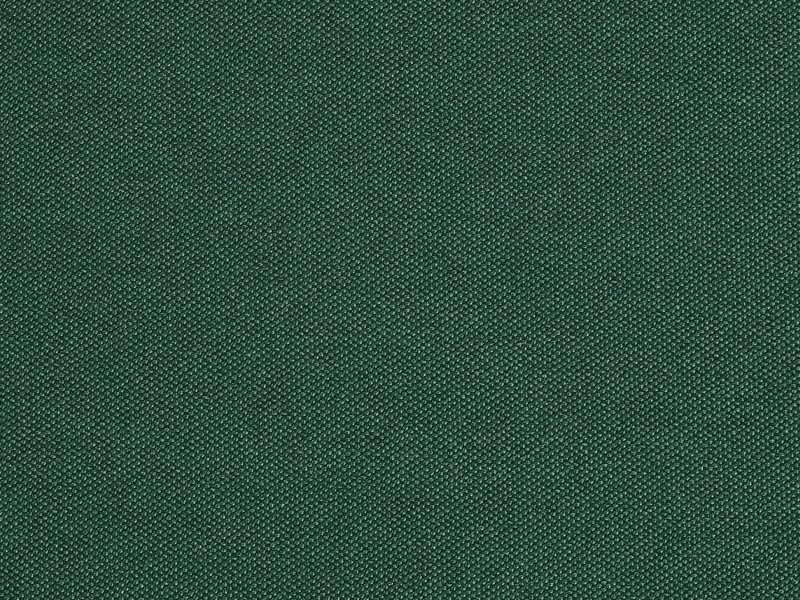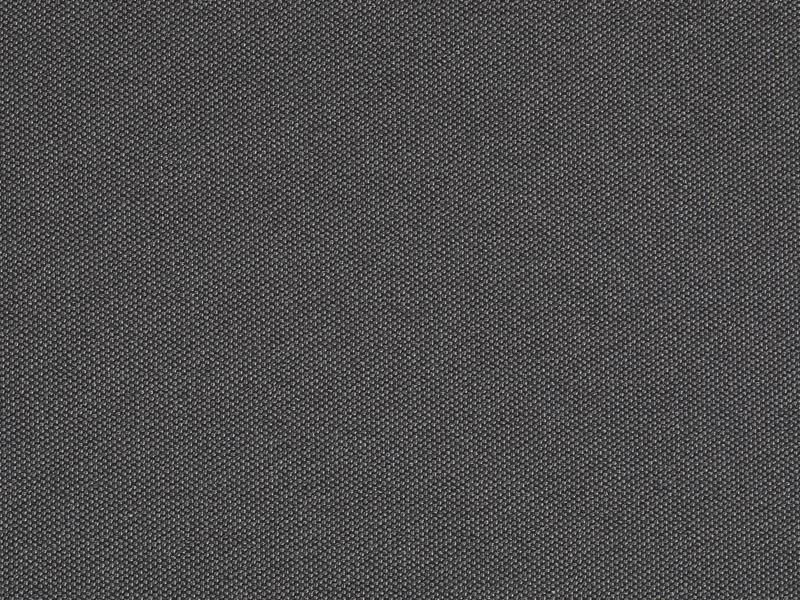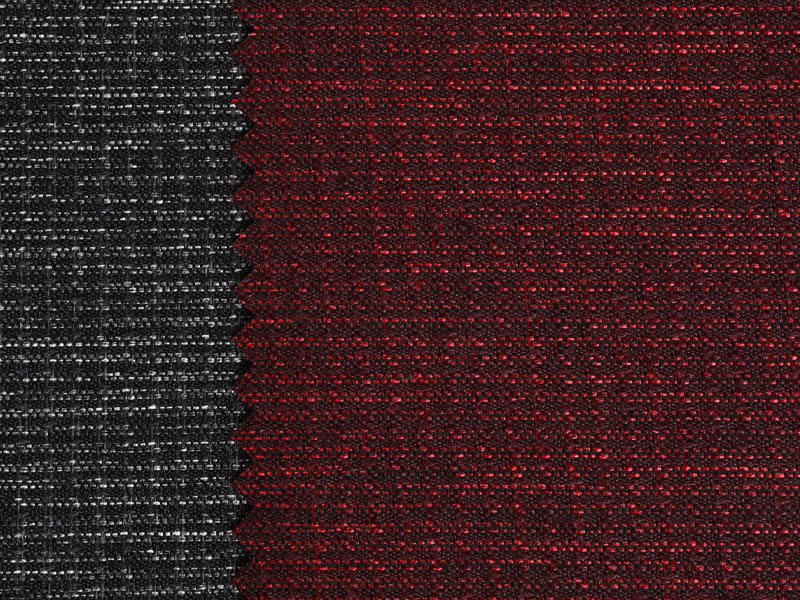How to Test and Ensure the Waterproofing of Your Tent Fabric?
Posted by Admin
In the realm of outdoor adventures, the importance of reliable waterproof tent fabric cannot be overstated. Ensuring your tent fabric is genuinely waterproof is crucial for a comfortable and safe camping experience. This article delves into various methods to test and ensure the waterproofing of your tent fabric. The focus will remain firmly on the concept of waterproof tent fabric, providing a comprehensive guide without exaggeration.
Understanding Waterproof Tent Fabric
The waterproof tent fabric is specifically designed to repel water, keeping the interior of the tent dry even in heavy rain. It is made using materials and coatings that prevent water from penetrating the fabric. The effectiveness of waterproof tent fabric is often measured by its hydrostatic head, which indicates the pressure of water the fabric can withstand before leaking.
Methods to Test Waterproof Tent Fabric
Visual Inspection
The important step in testing the waterproofing of your tent fabric is a thorough visual inspection. Check for any visible signs of wear and tear, such as rips, holes, or worn-out coatings. Even the better waterproof tent fabric can degrade over time, so regular inspections are vital.
Hydrostatic Head Test
A common method to test the waterproofing of tent fabric is the hydrostatic head test. This test measures how much water pressure the fabric can handle before it starts to leak. To perform this test at home, you will need:
A piece of the tent fabric
A PVC pipe or any other cylinder
A ruler
Water
Secure the tent fabric tightly over one end of the cylinder.
Fill the cylinder with water and measure the height at which the water starts to seep through the fabric.
The higher the water column, the better the waterproofing of the tent fabric.
This test is a good indicator of the performance of waterproof tent fabric under different conditions.
Spray Test
The spray test mimics rain and helps determine if the waterproof tent fabric can repel water effectively. To conduct this test, you will need:
A spray bottle filled with water
The tent fabric
A flat surface
Lay the tent fabric flat on the surface.
Spray water evenly over the fabric.
Observe if the water beads up and rolls off or if it soaks into the fabric.
Water beading up and rolling off indicates good waterproof tent fabric, while soaking suggests it needs reproofing or replacement.
Seam Sealing Test
Seams are potential weak points in waterproof tent fabric. Testing the seams ensures they are properly sealed. To perform this test, you will need:
A small section of the tent with a seam
A spray bottle filled with water
Spray water directly onto the seam.
Check for any leaks or water seeping through.
If water penetrates the seam, consider applying seam sealant to reinforce the waterproof tent fabric.
Ensuring Waterproofing of Tent Fabric
Regular Maintenance
Maintaining the waterproofing of your tent fabric involves regular care and attention. Clean the tent fabric with a mild soap and water solution to remove dirt and grime, which can degrade the waterproofing. Avoid harsh detergents that can strip away the waterproof coatings.
Reproofing
Over time, the waterproof tent fabric may lose its effectiveness. Reproofing involves applying a waterproofing spray or solution to restore its water-repellent properties. Products specifically designed for waterproof tent fabric are available and easy to use. Follow the manufacturer's instructions for the better results.
Proper Storage
Proper storage of your tent can prolong the life of the waterproof tent fabric. Ensure the tent is completely dry before storing it to prevent mold and mildew, which can compromise the waterproofing. Store the tent in a cool, dry place away from direct sunlight, which can cause the fabric to degrade.
Repairing Damage
Promptly repair any damage to the waterproof tent fabric to maintain its effectiveness. Patching holes and tears with waterproof patches or adhesive ensures the fabric remains water-resistant. Seam sealant can be applied to reinforce any weak seams.
Field Testing
Before heading out on an extended camping trip, conduct a field test to ensure the waterproof tent fabric is performing as expected. Set up the tent in your backyard and simulate rain using a hose or sprinkler. Spend some time inside the tent to check for any leaks or dampness.
Conclusion
Ensuring your tent fabric is waterproof is crucial for a successful outdoor adventure. By understanding the characteristics of waterproof tent fabric and conducting regular tests, you can maintain its effectiveness and enjoy a dry and comfortable camping experience. Regular maintenance, proper storage, and timely repairs are key to preserving the waterproofing of your tent fabric. With these practices in place, you can confidently rely on your waterproof tent fabric to protect you from the elements.

 English
English Français
Français Español
Español عربى
عربى Tiếng Việt
Tiếng Việt












